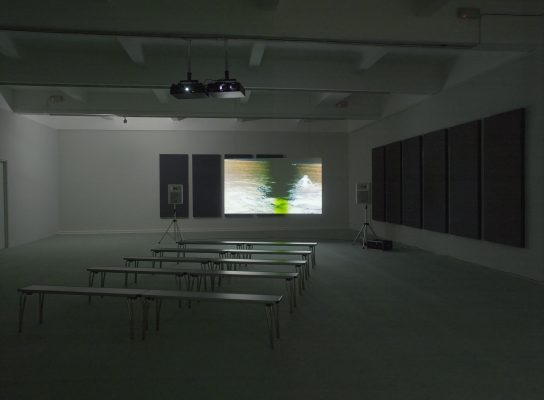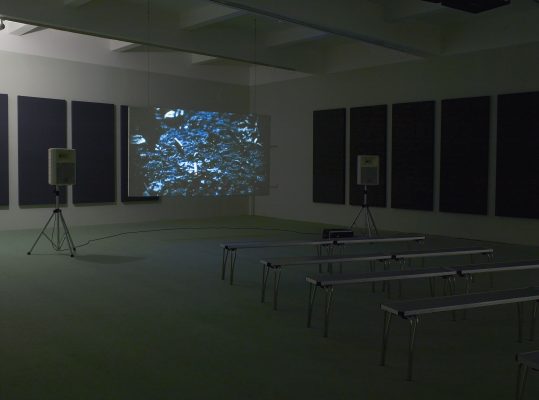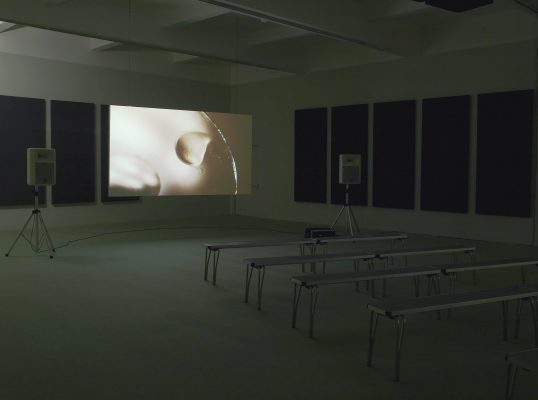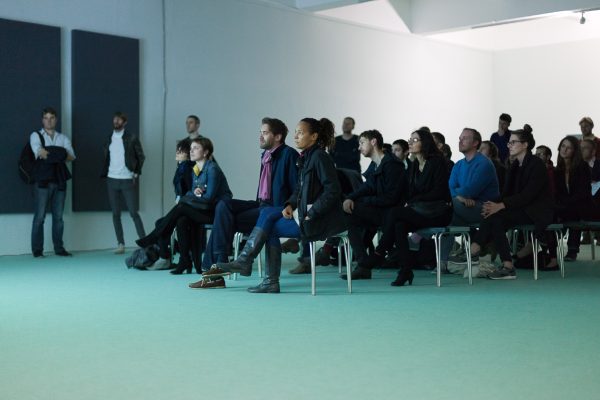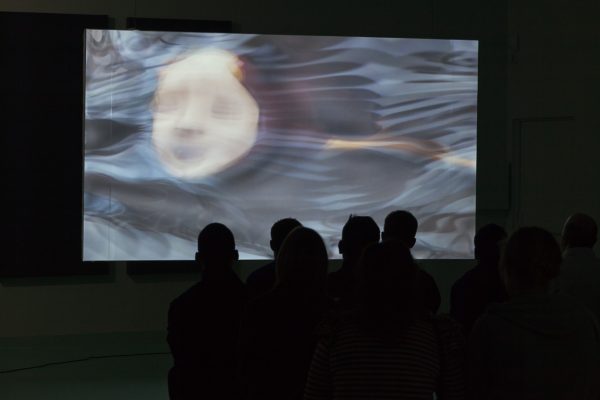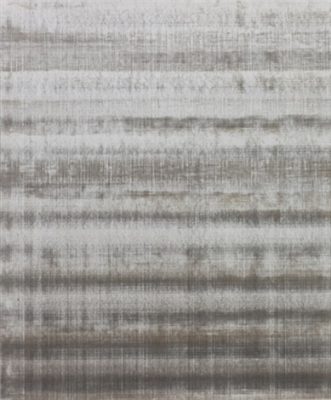Artist James Richards appropriates audio-visual material gathered from a range of sources, which he then edits into elaborate, fragmented collages.
But whereas his art-historical forefathers favoured a conceptually-driven, emotionally-distanced approach – in the case of materialist film artists like Hollis Frampton and those of the London Filmmakers’ Co-op – or followed an overtly political agenda – like the ‘Scratch’ filmmakers of the 1980s – Richards’ video works are more personal endeavours, seemingly steered by feeling rather than theoretical argument or point-proving. Intentionally insular, his works disrupt narrative conventions, offering little that can be straightforwardly understood. The disparity of his sources betrays an aggressively curious mind – obscure TV clips, scenes from famous films, advertising segments, internet memes and CGI animations are accumulated and redeployed with great precision. The content seesaws relentlessly from the oblique to the clichéd, the mystifying to the mundane. Meaning is generated through abundance, by way of allusion, ellipsis and unity of tone; the lack of legibility counterbalanced by a strong sense of mood.
His recent work at London’s Chisenhale Gallery, Not Blacking Out, Just Turning the Lights Off, sees him add his own material to this characteristic medley of found-footage. In these passages, Richards’ camerawork is deliberately amateur, the camera handled with a lustful belligerence. Whether using cheap in-camera effects or shoving the lens hysterically close to the subject of his regard, the result is a fevered fanaticism, Richards’ desire to capture becoming an assault on the image, the camera akin to a crude prosthetic extension of his body. Sound is used in a similar way, with songs, poems, and spoken segments seeming to verbalise on the artist’s behalf. The volume is shockingly loud in parts, climaxing with the poem ‘Slowly: a plainsong from an older woman to a younger woman’ by American writer and activist Judy Grahn. A curdled lament conducted by the same women at different ages, unable to understand one another across the generations, it is a deeply moving rendition.
A two-channel projection shown on opposing screens and separated by rows of backless benches, Not Blacking Out… shows an astute sensitivity to the sculptural concerns of displaying video works in a gallery. As the video switches from one screen to the other and back again in hypnotic sequence, viewers are forced to turn an awkward one-hundred-and-eighty degrees. This gesture seems confrontational at first, demanding that the audience feel self-conscious and unsettled. But the embarrassment leads to laughter and then camaraderie. The about-turn becomes a communal activity, disturbing the familiar intimacy between a viewer and a film, replacing it with audience rapport.
The gesture is typical of Richards, who uses shared anxiety as a means to stimulate empathy, offering a moment of emotional convergence and exorcising collective fears through vulnerable disclosure. There is a sense of earnest self-discovery in the works, as though he his trying to situate himself, and to some extent his body, within the ceaseless succession of images that overwhelm modern living. They are mantras made public, private petitions to an ever-loudening world. Rather than raise his voice, Richards speaks his mind through the mouths and actions of others; a suitably mediated approach to twenty-first century art making.
